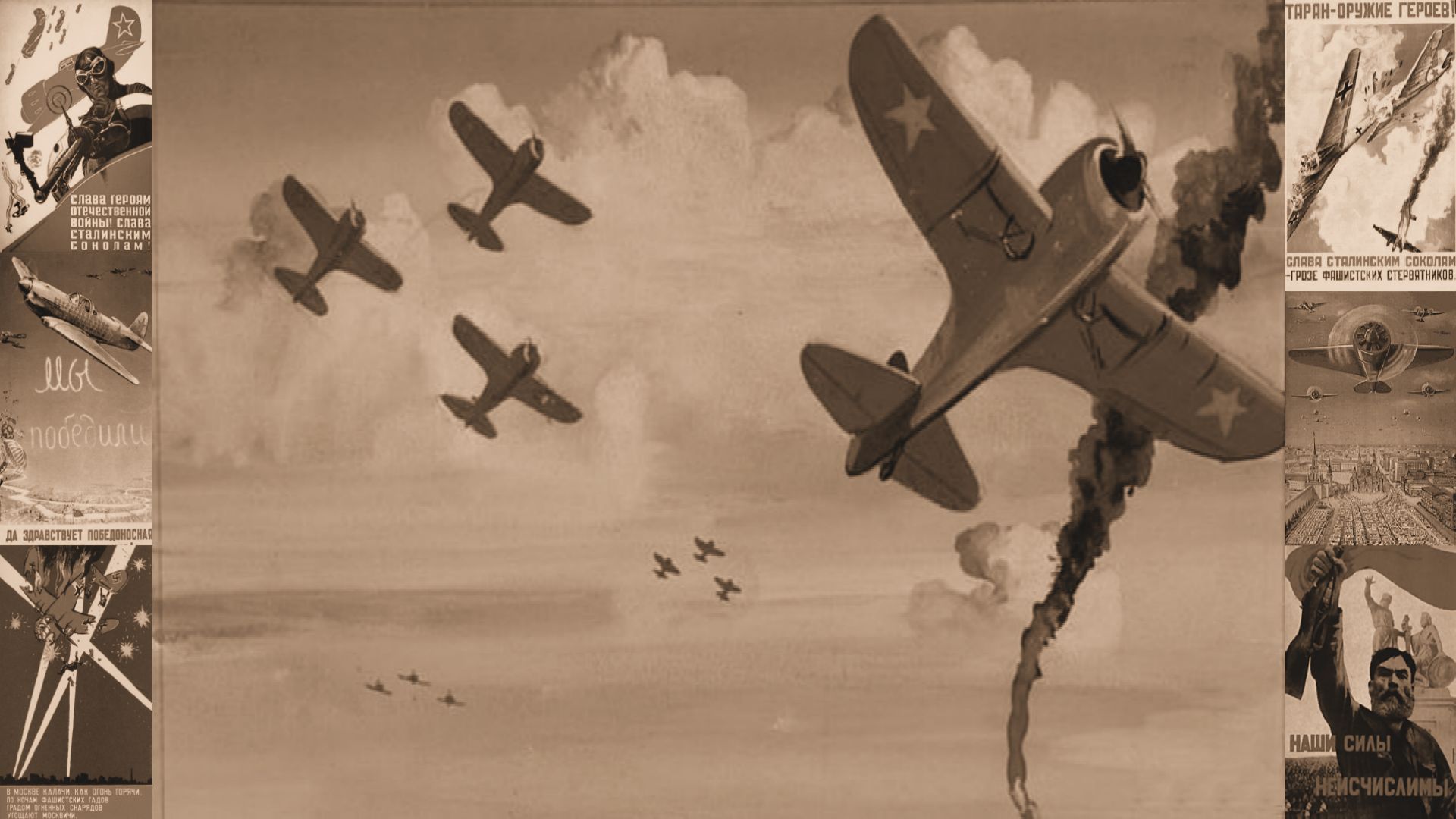The II-2 'Shturmovik', was an armoured ground attack warplane and a uniquely Russian concept during World War II. It entered service in 1941, only months before the German invasion of the Soviet Union. IIyushin began designing the aircraft by fitting armour around a pilot and engine, and then thinking about the aerodynamics. The II-2 (also called IL-2) and the developed IL-10 were used on a vast scale and proved to be devastating ground-attack weapons. It went on to fight in the Korean War for the North Korean United Air Army in the six months of the war.
Development
In 1943, Ilyushin started work on a new aircraft, Il-1, which was to be a 1- or 2-seat heavily armoured fighter-interceptor, meant mainly for fighting enemy bombers and transports. The Il-1 was similar to the IL-2 design, but was more modern, compact, and powered with a new Mikulin engine: the AM-42. But the VVS gave up the idea of heavy armoured fighters, due to their low speed, which was not enough to intercept modern bombers. As a result, Ilyushin decided to turn the Il-1 into a two-seat ground attack plane, with the designation changed to Il-10 in early 1944 (odd numbers were reserved for fighters). At that time, Ilyushin also finished a prototype of a heavier ground attack plane, the Il-8, using the same engine, and more closely derived from the Il-2. It carried a higher payload (1,000 kg/2,204 lb), but had lower performance than the Il-10. Both types first flew in April 1944, the Il-10 proving greatly superior to the Il-8, which had poor handling. The Il-10 successfully passed trials in early June 1944
Back to Top
In Action
In October 1944, the Il-10 first entered service with training units in the Soviet Air Force. In January 1945, the first Il-10 combat unit entered service with the 78th Guards Assault Aviation Regiment, but it did not enter action due to unfinished training. However, three other Il-10 units managed to take part in the final combat actions of World War II in Europe. They were the 571st Assault Aviation Regiment (from 15 April 1945), the 108th Guards Assault Aviation Regiment (from 16 April 1945), and the 118th Guards Assault Aviation Regiment (on 8 May 1945). About a dozen aircraft were destroyed by flak or engine breakdowns, but the Il-10 appeared to be a successful design. One was shot down by an Fw 190 fighter, but a crew of the 118th Regiment shot down another Fw 190 and probably damaged another. On 10 May 1945, the day after the official Soviet end of the war, (Victory Day), there were 120 serviceable Il-10s in Soviet Air Force combat units, and 26 disabled ones.
After the USSR reentered the war against the Empire of Japan, with the invasion of Manchuria, from 9 August 1945, one Il-10 unit, the 26th Assault Aviation Regiment of the Pacific Navy Aviation, was used in combat in the Korean Peninsula, attacking Japanese ships in Rasin and rail transports.
Back to Top
Post WW2 and on to Korea
After the war, until the early 1950s, the Il-10 was a basic Soviet ground attack aircraft. It was withdrawn from service in 1956. At the same time, work on new jet-powered dedicated armoured ground attack planes (like the Il-40) was canceled, and the Soviets turned to multipurpose fighter-bomber aviation. The Il-10 and its licensed variant, the Avia B-33, became a basic ground attack plane of the Warsaw Pact countries. From 1949 to 1959, the Polish Air Force used 120 Il-10s (including 24 UIl-10), and 281 B-33s. In Poland, the B-33 was modified to carry 400 l fuel tanks under its wings. From 1950 to 1960, Czechoslovakia used 86 Il-10s, including six UIl-10s, and about 600 B-33s. From 1949 to 1956, the Hungarian Air Force used 159 Il-10s and B-33s. From 1950 to 1960, the Romanian Air Force used 14 Il-10s and 156 B-33s. Bulgaria also used these aircraft. In the late 1940s, 93 Il-10 and UIl-10s were given to North Korea. They were then used in the 57th Assault Aviation Regiment during the early phase of the Korean War. They were initially used with success against the weak anti-aircraft defense of South Korean forces (following the US refusal to supply the south with "heavy weapons"), but then they suffered heavy losses in encounters against the United States Air Force fighters and were bombed on the ground themselves. After several weeks, about 20 remained. In the summer of 1950, North Korea received more aircraft from the USSR. The North Koreans claimed that they sank a warship on 22 August 1950 with Il-10s, but it was never confirmed.
From 1950, Il-10s were used by the People's Republic of China, in two regiments of an assault aviation division. They were used in combat during a conflict with the Republic of China, (Taiwan), over border islands in January 1955. They remained in service until 1972 (replaced by Nanchang Q-5).
Back to Top


